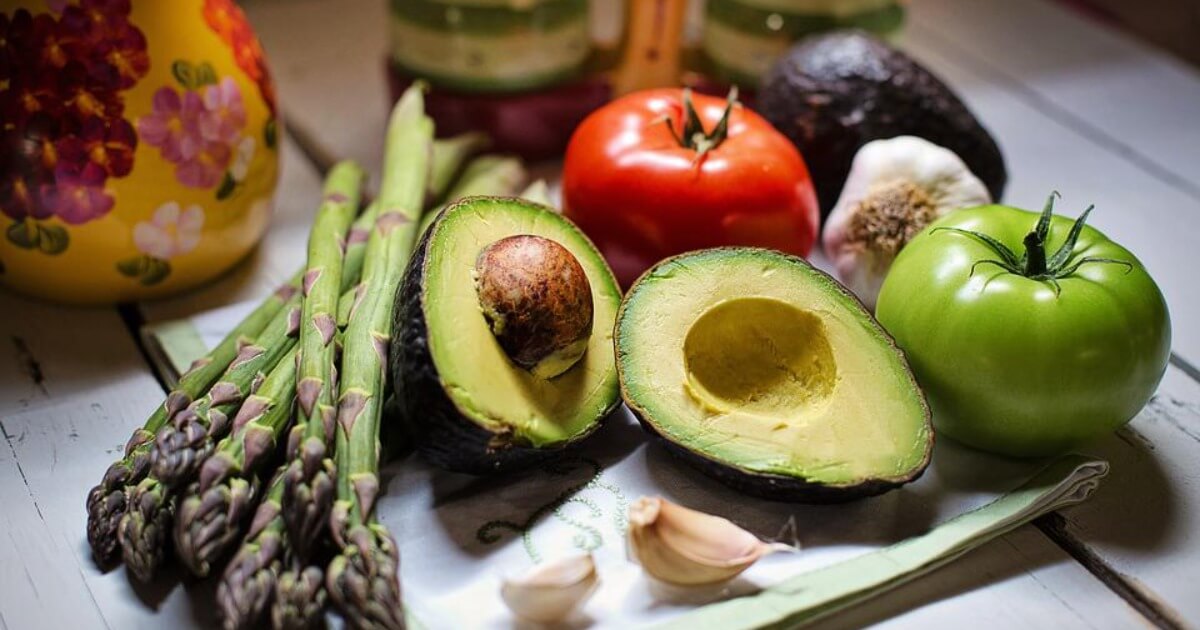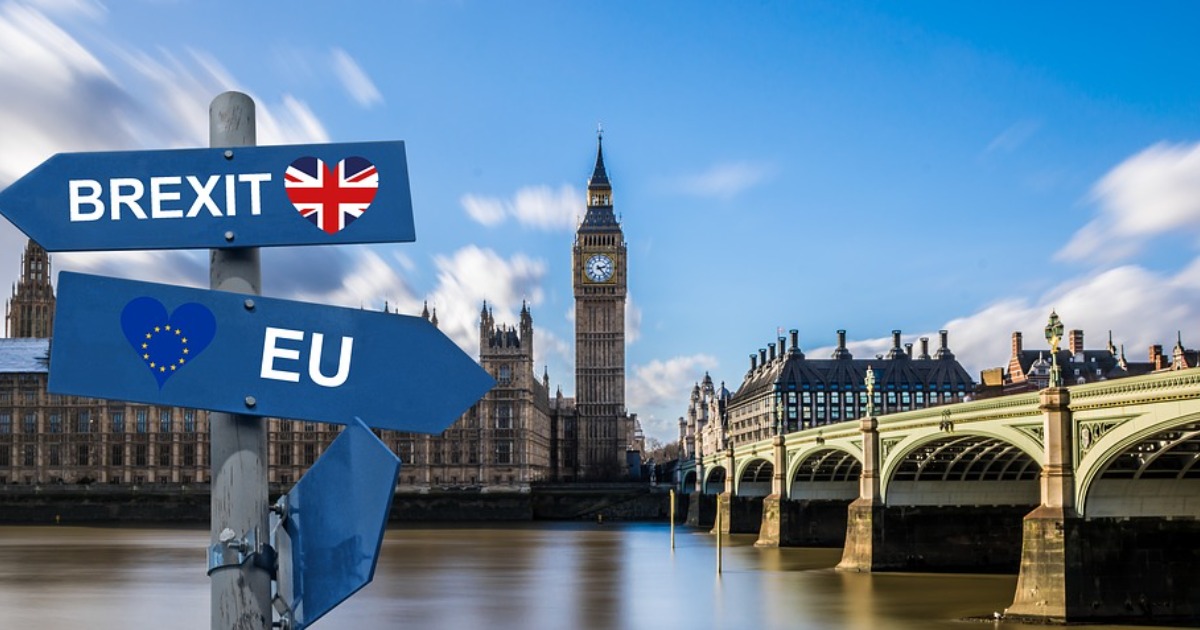Why Pretend It Is Meat?
Face the facts about meat consumption and drop the replicas. Plus, A recipe for mushroom, fingerlings and goat’s cheese melt.
May 28, 2022

Many people still believe eating meat is a right – a rite, even. Nevertheless, even they tend to accept the evidence — even if they don’t follow it — that if we want a sustainable future, we need to eat fewer animals and more plants.
No mimicking – just call food what it is
But here is a paradox: If we are expected to cut back on meat consumption, why is it that the food industry is engaged in providing us with replicas that do their level best to mimic it? Doing so keeps meat and its duplicates at the center of the meal.
Despite our knowledge of the appalling methods used in certain countries to bring a steak to our plates, we will only begin to reduce our meat consumption if we reduce the importance of its role as the supposedly indisputable key to a satisfying meal.
We are far more likely to cut down on animal meat if we stop trying with its plant-based alternatives to imitate its texture and color and shape.
And don’t name it after a known cut of meat or dish — and then call it “meatless”. For real progress to reduce our meat consumption, lose all meat links.
Create new food products and name them imaginatively
A plant-based sausage isn’t a sausage. It is a new food product. It needs a new name. Get your people onto imaginative branding.
Personally, if I can’t have a genuine burger, I don’t want a burger made of yellow pea pulp and ubiquitous meat-replacement-wheat-gluten seitan, everything flavored with soy. I would much rather have an honest yellow pea dhal.
Human beings do not like bans
Heresy alert: If you want my loyalty, I want the option of giving myself a rare special treat of a real burger and fries, if once in a blue moon I crave it — which I absolutely will, possibly more often, if I am not allowed one at all. Childish, eh?
The quest for total elimination is part of the problem. Once something becomes banned, or even socially frowned upon, we develop a deep desire for it, whether it is cigarettes or chocolate or one more cocktail or another bet on another horse.
Balancing food security with helping the climate
Aside from the climate argument, there is the farming question. Just in a British context, eliminating cattle and dairy farming is going to increase our current food security challenge.
A move away from all industrial animal farming, unsustainable fishing, intensively grown plant monocultures and processed foods towards a more sustainable and equitable food system will benefit the climate, the soil, wildlife, farmers and food security, as well as our own health and wellbeing.
The effects of cattle raising on greenhouse gas emissions
As to the impact of greenhouse gas emissions from cattle on climate, it varies between countries. Measurements do not just involve the farming process but include emissions from processing, packaging and transportation.
The United Nations estimates global greenhouse gas emissions from cattle make up more than 14% of all man-made greenhouse gases.
Emissions depend in part on how a country treats its cows
Much depends on how the cows are raised. The impact on the environment of deforestation in Amazonia in aid of beef production is devastating.
Equally, the negative impact on the environment of beef raised on grain in American feedlots is not comparable, asserts the UK’s Agriculture and Horticulture Development Board, to gas emissions from British beef.
The latter is fed predominantly on grass it crops freely in pastures, not chained to U.S. troughs filled with grain and other feeds with high carbon footprints.
It is really about the water
But if you don’t buy into the gas emissions debate, have you read that the world is running out of water? The shortage of it in Yemen, Lebanon, Iran, Bahrain, India, Bangladesh and more (yes) you probably know about.
But Beijing? The pride of the super-proud People’s Republic of China has run out of it. The Chinese Communist Party knows it should relocate the capital closer to the water that currently is channeled from far distant sources, away from communities and farms that also desperately need it.
Cows consume massive amounts of water
So, reflect on the fact that to sustain one two-year-old beef cow (the general age they are slaughtered) takes 24-36 liters/50-76 U.S. pints of water. Every Single Day of Its Life.
A dairy cow in milk, three times the amount.
Oh, and would you like a beer with that burger? To produce one liter/two pints of beer takes on average 36 liters/190 pints of water. Hmmm.
Tankard of IPA or barbecued patty? Sigh.
Cutting down on beef eating is the key step
But let’s just focus on our appetite for beef before we are obliged by increasingly regular droughts to consider how, who or what we elect to hydrate.
We all know we can eat fabulously well without meat. A vast swath of the globe traditionally has. Yotam Ottolenghi has demonstrated this over the course of eight cookbooks of recipes from different areas of the Middle East.
The Far East and the sparse use of meat
Far Eastern nations have long taken a spare attitude towards meat. Vietnam and other Southeast Asian countries use, in wok-cooked recipes, a mere 30g/1oz of meat. They use meat to provide flavor, not bulk.
Hindus who are vegetarian manage perfectly happily and healthily without meat. China and India are both countries where highly refined skills in cooking vegetables make meat an unnecessary ingredient.
None of those are nations striving to turn their vegetables into replica meat.
Still, across Europe, eaters are progressively understanding that meat as a treat – not as bulk — is a healthier approach for animals, for us, for the planet. In 2021, European plant-based meat sales rose 19% to €2.4 billion ($2.6 billion).
The Americans are the big beef eaters
Americans still consume enormous quantities of meat, almost as if it were a civic duty as potent as the Constitution-endorsed pursuit
of happiness: 65kg/144 lbs per head per annum in 2017, according to the United States Department of Agriculture.
Recipe for mushroom, fingerlings and goat’s cheese melt
Mushrooms are a familiar stand-in for meat. This recipe is best made with porcini or Portobello, but I have become seduced by chestnut mushrooms. I had always believed them to be no more than brown versions of the boring Paris button mushrooms but now discover have discernible personality, texture and flavor.
Serves 4
250 grams/8¾ ounces fingerling, Ratte, Yukon, or other waxy potatoes, scrubbed or peeled, quartered 500g/1 lb. porcini, Portobello or chestnut mushrooms 60ml/2 oz extra virgin oil, plus, for flavor, 2 tablespoons duck fat or extra-virgin olive oil 1 small shallot, peeled, finely chopped 2 cloves garlic, peeled, finely chopped 1 tablespoon fine breadcrumbs 2 tablespoons roughly chopped fresh flat-leaf parsley ½ lemon Salt and freshly ground black pepper, to taste 4 rounds of goat cheese, such as Crottin or Rocamadour
In a large pot, boil the potatoes till just cooked. Drain and reserve them.
Wipe the mushrooms clean with a damp paper towel. Remove their stems, slice off their bases, roughly chop those, and set them aside. Thickly slice each mushroom cap.
Heat the oil and the duck fat, if using, or the extra 2 tablespoons of oil, in a large pan, add the mushrooms and potatoes, and sauté them over medium heat for about 8 to 10 minutes, tossing frequently.
Add the chopped stems, shallot, and garlic, and toss continuously for another 2 to 3 minutes. Lower the heat, cover and continue to cook another 5 minutes. Remove the lid and spoon off any remaining oil.
Add the breadcrumbs and two-thirds of the chopped parsley. Stir everything and leave it over low heat so the breadcrumbs absorb the remaining juices. Squeeze the lemon juice over it, season, and stir.
Slice the goat cheese into 3 cm/1¼ in-thick rounds, lay these over the top of the mushrooms and cover the pan with the lid. Continue to heat this for 2 to 3 minutes to allow the cheese to slump, melting just enough so it retains its shape. Sprinkle the remaining parsley over everything and serve directly from the pan with warm crusty bread to mop up the juices, and a green salad.
Takeaways
If you don’t buy into the gas emissions debate, have you read that the world is running out of water? Cows consume massive amounts of water.
Far Eastern nations wisely take a spare attitude towards meat. Vietnam and other Southeast Asian countries use meat to provide flavor, not bulk.
If we want a sustainable future, we need to eat fewer animals and more plants.
Mimicking meat dishes and calling them “meatless” effectively keep meat and its duplicates at the center of the meal.
Be careful what you wish for: Once something becomes banned, or even socially frowned upon, we develop a deep desire for it.
If I can’t have a genuine burger, I don’t want a burger made of yellow pea pulp and ubiquitous meat-replacement-wheat-gluten seitan, everything flavored with soy. I would much rather have an honest yellow pea dhal.
China and India are both countries where highly refined skills in cooking vegetables make meat an unnecessary ingredient. Neither one is striving to turn its vegetables into replica meat.
The impact of greenhouse gas emissions on the climate from raising cattle varies between countries. It depends on how countries treat their cows.
Read previous

Why Brexit Has Been Good for Ukraine
May 16, 2022
